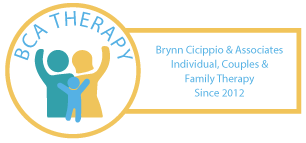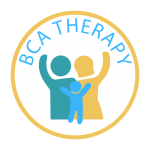Mindfulness: Clarity in a Chaotic World
Mindfulness
Mindfulness offers us a powerful tool to counteract the chaos, reclaim our attention, and cultivate a sense of peace. In today’s fast-paced environment, many of us find ourselves rushing through life, overwhelmed with stress and distraction. We may find ourselves racing out the door in the morning, pressured with deadlines and to-do lists, multitasking to make sure we accomplish all that is needed of us by the end of the day. And then the end of the day comes, and we realize we haven’t truly engaged with those around us, the fleeting moments of our day have slipped by unnoticed, and we find ourselves in this constant battle of disconnection. It can be challenging to slow down, to take in each moment, and truly be present in the world around us.
What is Mindfulness?
At its core, mindfulness is the practice of being fully present and engaged in the moment, without judgement. It involves observing one’s thoughts, feelings, and bodily sensations, as well as the surrounding environment with curiosity and acceptance. The goal is to focus on our experiences with compassion.
Mindfulness –
- Enhances self-awareness and emotional regulation
- Reduces stress and anxiety
- Helps slow down our nervous system
- Deepens understanding of our thoughts, feelings, and sensations
Mindfulness does not require extensive training or lengthy meditation sessions; it simply requires a willingness to slow down and observe the world around you.
Mindfulness: Clarity in a Chaotic World
Simple Ways to Utilize Mindfulness and Find Clarity in a Chaotic World
A rainbow walk involves intentionally observing and noticing colors during your walk. Pick one color from the rainbow, such as red, and try to find as many red things as you can during your walk. For instance, a stop sign, a red flower, a fire hydrant, your neighbor’s mailbox, etc. You can also choose to find one item for each color of the rainbow on your walk. This is a simple way to incorporate movement and mindfulness while getting out into nature.
Daily gratitude journaling involves writing down three things you are grateful for each day. Focus on the details and emotions associated with each, allowing yourself to fully appreciate them. For instance, if you are grateful for your spouse, try to identify one something specific about your interaction with them that day, how it made you feel, and how it impacted your day. You can use a physical journal, a scrap piece of paper, the notes app in your phone, or take a mental note. I recommend to do this at the end of each day, to allow space and time to reflect.
Mindful mini-breaks involve taking a pause at work to breathe, stretch, and reset.
Step 1: Look up from your work – take a few deep breaths
Step 2: Do a quick body scan – start at the top of your body and shift your focus down to your toes, taking a few moments to notice areas of tension, stress, and discomfort (i.e., neck, shoulders, etc.)
Step 3: Listen to your body and give it what it needs – fix your posture, uncross your legs, wiggle your toes, stand up, stretch, take a sip of water, eat a snack, etc.
These simple, basic tasks often get overlooked when we are busy at work. Taking a moment to be mindful of your body and giving yourself a mini-break can make a big difference.
Incorporating mindfulness into your daily routine doesn’t have to be complex or time consuming. It can be as simple as eating mindfully and noticing the taste and texture of the food or sitting in a coffee shop and noticing the people around you, the sounds, and the smells. By dedicating just a few moments each day to being present, whether through simple practices or structured exercises, you can foster a greater sense of peace.
If you are interested in learning more about mindfulness or want to dive deeper to see how mindfulness relates to you and your goals, Veronica works directly with clients to identify and tailor specific mindfulness techniques and practices that will best support them.
Related Posts
How do I get my marriage back on track?
Cropped shot of an unhappy young couple after a fight at home
Addicted Families
In addicted families, there are generally three rules: Don’t Speak (about the...

